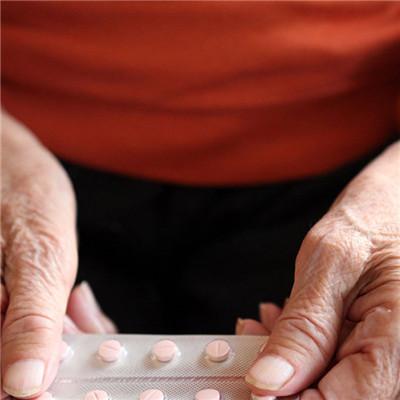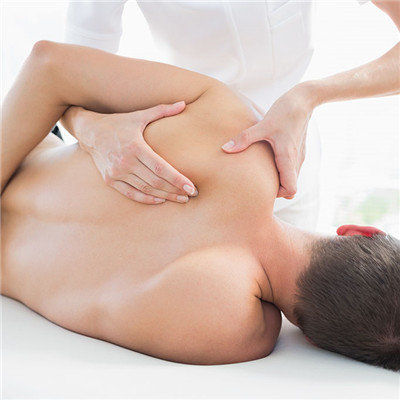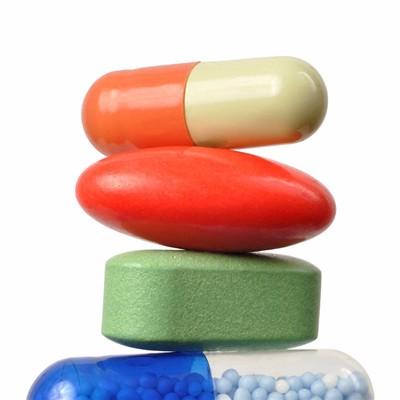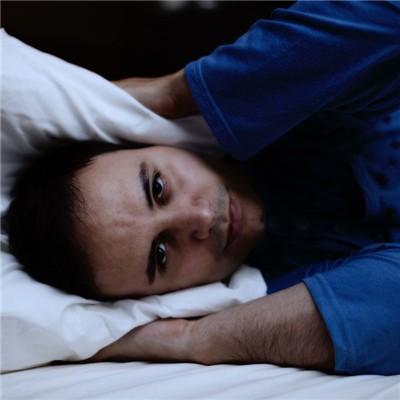How to treat Parkinson's disease
summary
The old man of the community suddenly fainted on the road. After he was rushed to the hospital, he was diagnosed with Parkinson's disease. Since then, life has been difficult to take care of himself, and it is particularly inconvenient to move. His children are especially worried about his father's condition. Now let me talk about how to treat Parkinson's disease.
How to treat Parkinson's disease
First, the DA neurons in the substantia nigra striatum system in the early stage of PD can compensate for the increase of DA synthesis. Physiotherapy (massage, hydrotherapy) and physical therapy (joint activity, walking, balance and language exercise, facial expression muscle exercise) are recommended to strive for the cooperation of patients' families, encourage patients to take more active exercise, and delay the drug treatment time as far as possible. If the disease affects the daily life and work of patients, drug treatment is needed.
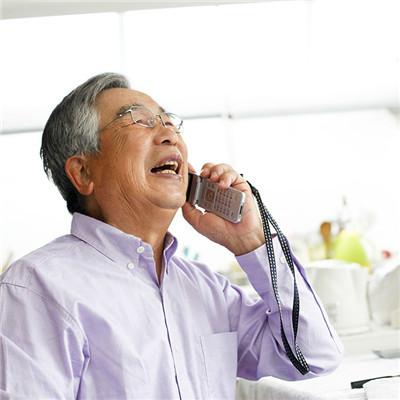
Second: surgical treatment, stereotactic surgery for PD began in the 1940s. In recent years, with the development of microelectrode guided directional technology, microelectrode recording and analyzing the characteristics of cell discharge can accurately locate the neurons that cause tremor and myotonia, so as to achieve cell function localization, which can significantly improve the surgical efficacy and safety. Surgery can correct the high inhibitory output of basal ganglia. The indication is that patients with drug treatment failure, intolerance or dyskinesia (dyskinesia), younger age, mainly tremor and ankylosis, and partial to one side have better effect. Drug treatment is still needed after surgery.
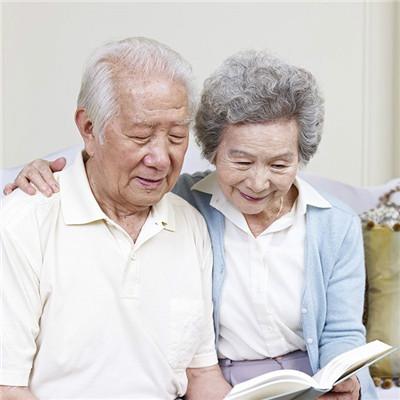
Third: cell transplantation and gene therapy. Cell transplantation is to transfer autologous adrenal medulla or allogeneic embryonic substantia nigra cells to the striatum of patients, to correct the lack of Da transmitter and improve the motor symptoms of PD. Tyrosine hydroxylase (th) and neurotrophic factor gene therapy are being explored, which are promising new therapies. The exogenous TH gene was introduced into the brain of animals or patients through the pathway of either invivo or invivo. The gene was transcribed and translated to synthesize th, which promoted the formation of Da. At present, there are some problems, such as donor source difficulty, long-term efficacy uncertainty and immune rejection.
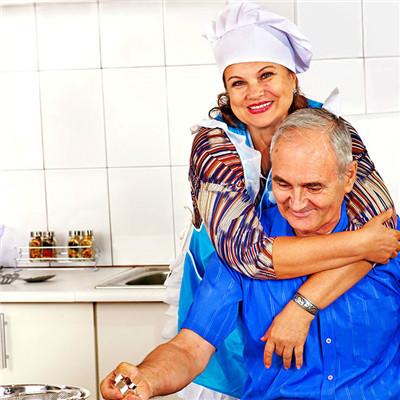
matters needing attention
Parkinson's disease generally occurs in the elderly, in order to prevent the occurrence of the disease, we should pay attention to, usually not emotional, healthy diet, don't smoke, more exercise, play taijiquan and so on, don't do too intense exercise, the elderly body can't bear.

